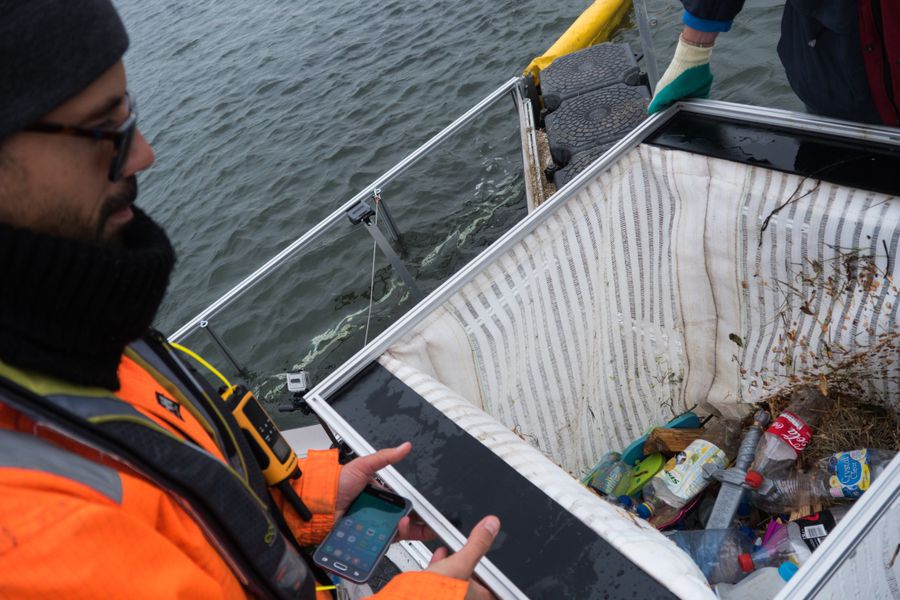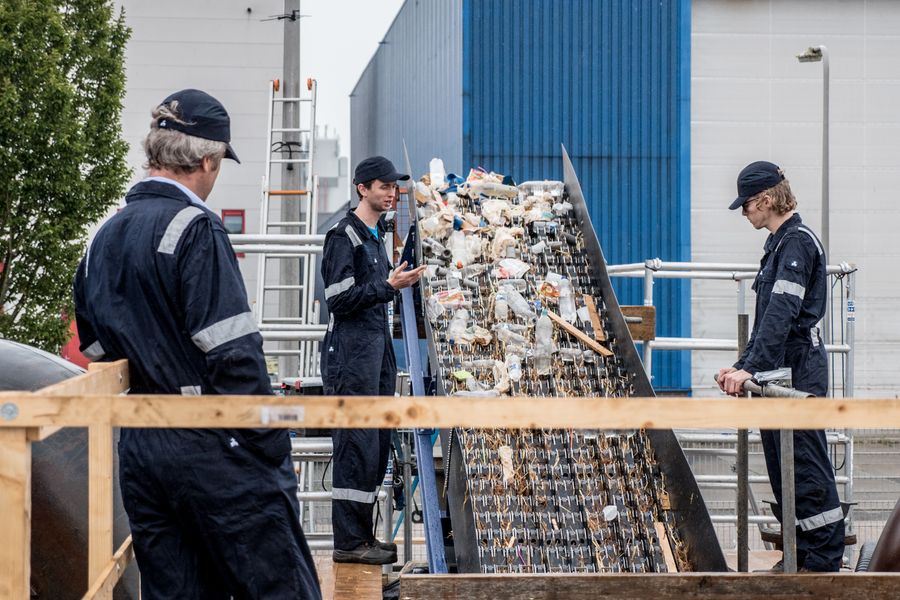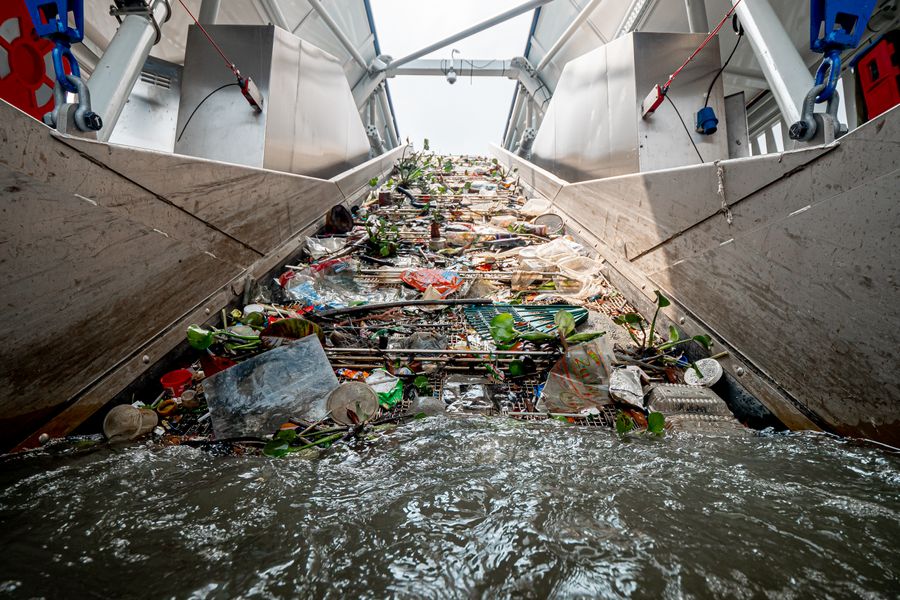
Developing the Interceptor™ Concept
Our team had long since been researching how to address the main source of ocean plastic pollution: rivers. While we were getting to grips with the scale of the Great Pacific Garbage Patch in 2015, we began researching rivers and potential methods to intercept waste, which led us to pursue options to solve this aspect of the problem.
With the contributions of the Adessium Foundation, funds became available for us to specifically work on cleaning rivers; not only did this support provide us with an earmarked budget to focus solely on this part of the solution, we were also able to keep this project under the radar, giving us the space to focus on this expansion without external pressure while avoiding false expectations. At this point, we had all of the momenta we needed to pursue this avenue.
A team of four took on the project behind the scenes of our other work. Shortly into development, we realized that more time and testing would be needed to scale the outcome to a workable solution. This started with the design of a split-boom extraction system that demonstrated the feasibility of a system combining passive concentration of debris with active autonomous extraction. After small-scale testing on the barrier configuration and extraction conveyor, a proof of concept setup was successfully trialed in Rotterdam, the Netherlands in August of 2015.
Following that, we started designing our Interceptor™ prototype in November 2015. During the design process, we experienced difficulties with the barrier configuration and the interface between the barrier and the extraction systems. To gain a greater understanding and insight into these complexities, we added a step into our design process. This new design iteration started with component tests to start understanding their principles, options, and limits. The design was split into several basic functions, of which concentration and extraction were the most prominent. We decided to isolate the main elements of the system to test in four separate ‘prototests’. This was the best solution at the time, as we were awaiting further funding and keeping cost reduction in mind. In these ‘prototests’, several barrier options were tested, and the characteristics of the conveyor belt were determined.
In October 2016, after the concept exploration phase, we chose three extraction types to be tested for performance with scaled-down prototypes in a real river environment. Cage extraction, where a cage hangs in the water catching debris, a ’Beacher’, lifting debris from the water using a low energy system and lastly, a conveyor belt system catching debris and carrying it out of the water into the temporary storage units This took place in the Spui river, close to Zuidland in the Netherlands. The best performing version would be built into a full-scale prototype.
The ‘prototesting’ led to the self-draining conveyor belt system being chosen to build into a full-scale prototype. The conveyor system extracts a wide range of debris from the river, from very small to very large, which is then transported to the riverbank and delivered to standard-sized hoppers for further processing on land. It was with this design that we would commence assembly of our first river cleanup prototype.






